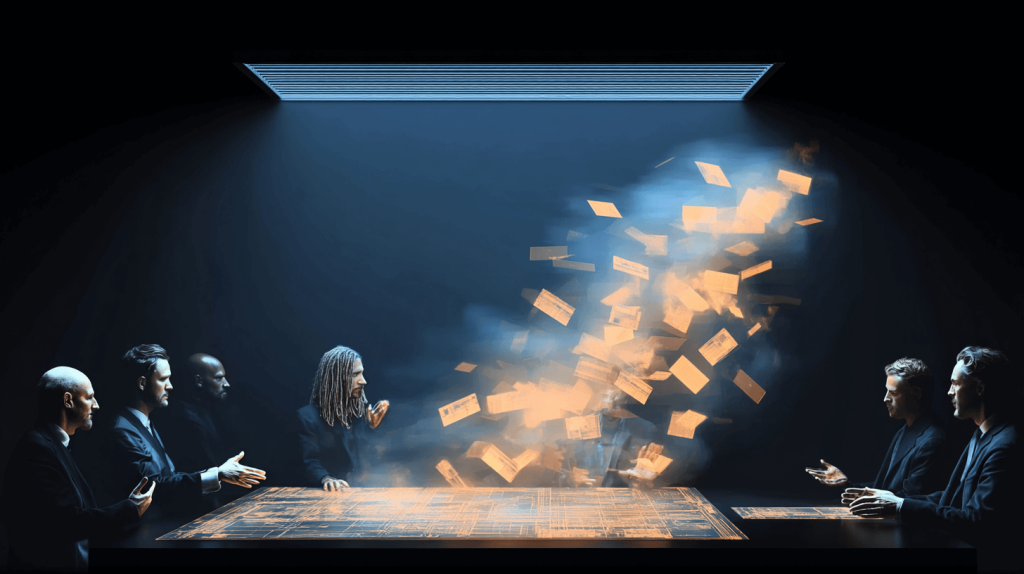Despite the narratives you might hear about life-changing inventions being the result of a brief moment of inspiration, the truth is somewhat more complicated. Even in cases where the idea for the final product seems to have occurred to the inventor very suddenly, inventions are the result of years of work and research. The inventor might have had a sudden epiphany about what thing would solve a given problem or serve a given purpose, but then it took years of research and experimentation to make that thing work reliably. The other possibility is that the inventor spent years researching and experimenting, and then the solution to the problem he had been studying for years came to him all of a sudden. The U.S. Patent and Trademark Office (USPTO) does not care whether you are a genius. They want to see how your invention is unique and original. A patent lawyer can help you prepare a patent application that tells the USPTO the information they need to know without oversimplifying the narrative.
Prior Art: The Way Your Invention Relates to Previous Research
An important part of your patent application is the narrative description of your invention, which explains why it will work reliably and its uses once it becomes commercially available. You must support your argument that the invention is reliable and that it is needed by referring to earlier descriptions of the invention for which you are seeking the patent. These previously published references to your invention or something like it are called “prior art.” The term may seem strange, but think of the word “art” in this phrase as meaning “skill,” “technique,” or “technology.” Detailing the prior art related to your invention is analogous to showing your work in a math problem.
Scientific discoveries always build on previous experiments. Think of how scientific articles contain a history of research or literature review section, describing where the researchers got the idea that it was worthwhile to conduct the experiment they conducted. Trying to find every possible reference anyone has ever made to your invention or its precursors sounds like an endless task, but the more thorough you are in your search, the better the chances that your patent application has of receiving approval. A good place to start searching for prior art is in other patents and patent applications. You can start your search at Google Patents or the USPTO website. Another place you are likely to find prior art is in scientific journal articles, allowing you to read about other experiments and scientific that were instrumental to the development of your invention, even if they were not done for commercial purposes. It is a good idea to search databases of journals that deal with scientific fields related to your invention.
Contact the Rapacke Law Group About Patent Applications
Even though the search for prior art begins with the inventor, a patent lawyer can help you present the prior art in the way that best supports your claims. Contact the Rapacke Law Group in South Florida for a free consultation.




